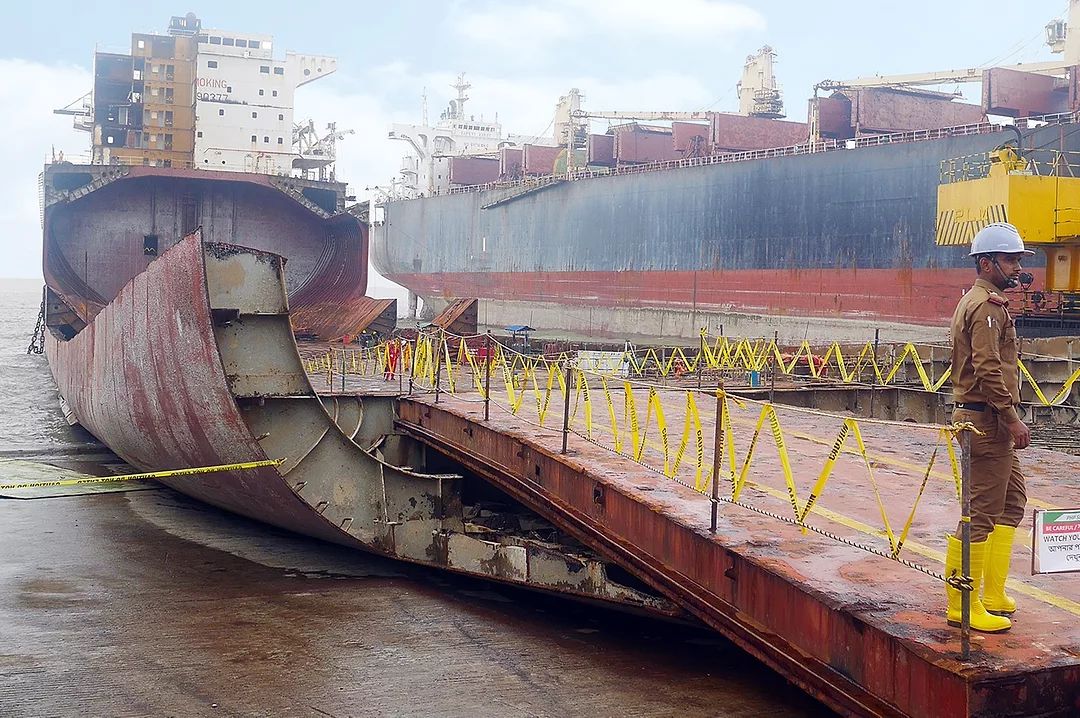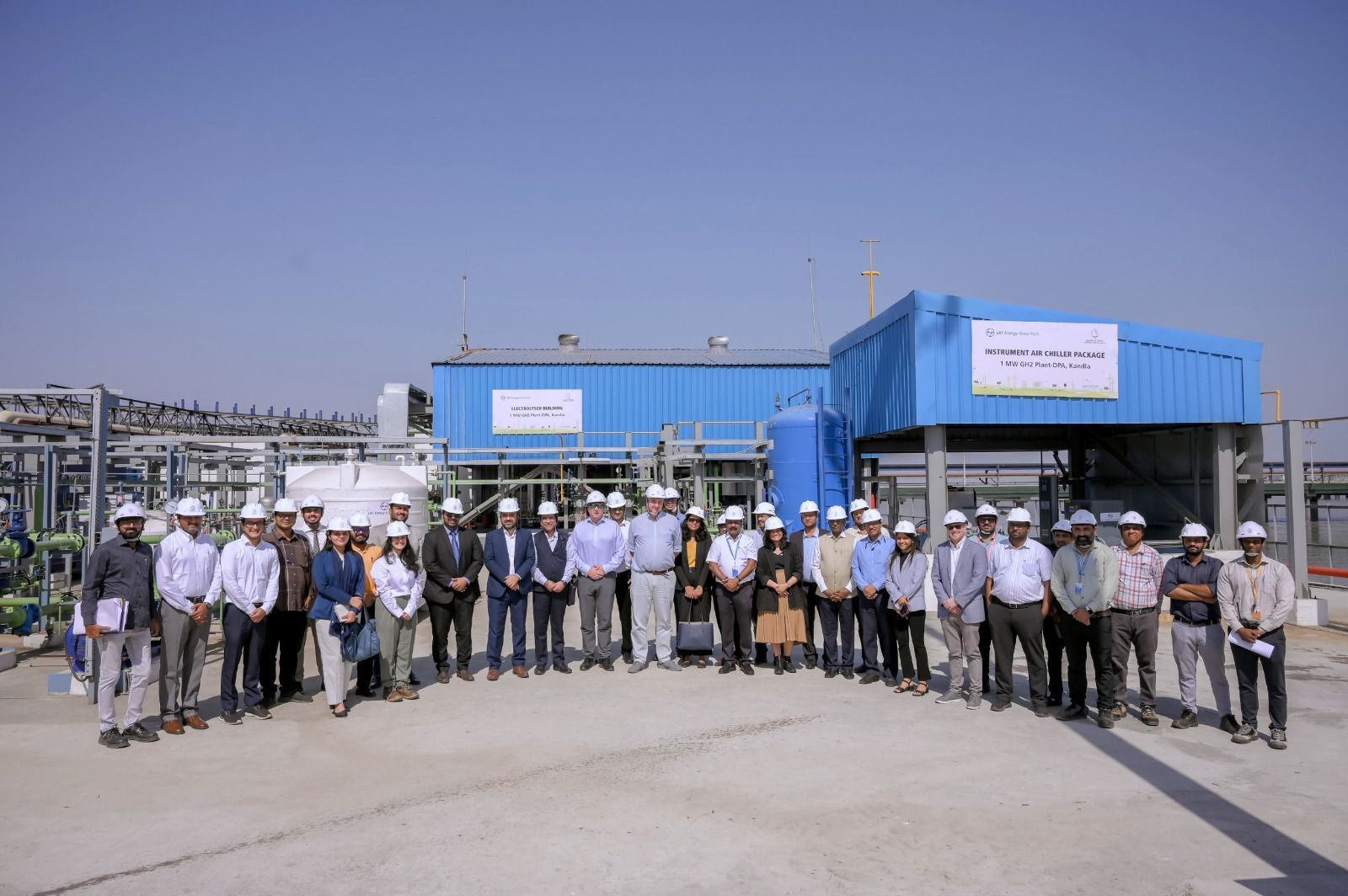INSV Kaundinya: Indian Navy Inducts Ancient-Stitched Sail Ship Recreating 5th Century Maritime Legacy

Karwar, Karnataka — 24 May 2025
In a momentous ceremony steeped in historical reverence and maritime tradition, the Indian Navy today formally inducted the stitched sail ship INSV Kaundinya at its Naval Base in Karwar. The ceremony marked the culmination of a unique project that sought to revive and celebrate India’s ancient shipbuilding techniques, with the Hon’ble Minister of Culture, Shri Gajendra Singh Shekhawat, presiding as the Chief Guest.
The INSV Kaundinya is not merely a ship but a living testament to India’s centuries-old maritime heritage. Inspired by depictions of ancient vessels found in the Ajanta Cave murals, dating back to the 5th century CE, the ship has been painstakingly recreated using traditional methods. Its induction into the Navy’s sailing fleet represents a remarkable confluence of archaeology, craftsmanship, and modern naval engineering.
A Vision Realised Through Partnership
The project was initiated through a tripartite agreement signed in July 2023 between the Ministry of Culture, the Indian Navy, and M/s Hodi Innovations, a Goa-based enterprise known for its work in maritime heritage reconstruction. With funding provided by the Ministry of Culture, the vision was brought to life by a team of master craftsmen led by renowned shipwright Shri Babu Sankaran from Kerala.
Keel laying for the ship began in September 2023, and what followed was a labour-intensive process that adhered to the ancient practice of “stitching” wooden planks together. Eschewing modern nails or adhesives, the construction employed coir rope, coconut fibre, and natural resin to bind the ship’s hull—methods that have largely disappeared from contemporary shipbuilding.
Minister Shekhawat lauded the project as a symbol of India’s civilizational pride. “The INSV Kaundinya not only revives a lost art but also reminds us of our historical prowess in oceanic exploration and trade. It embodies the timeless spirit of India’s maritime ambitions,” he said.
The Navy’s Role: Blending Tradition with Technology
While the ship is firmly rooted in antiquity, its reconstruction was guided by cutting-edge scientific rigor. With no blueprints or surviving records of similar ships, the Indian Navy assumed a central role in the vessel’s design and technical validation. Drawing insights from iconographic evidence in ancient artwork, naval designers collaborated with Hodi Innovations to develop an authentic hull form and traditional rigging system.
To ensure seaworthiness, the design underwent rigorous hydrodynamic testing at the Department of Ocean Engineering, IIT Madras. Further technical assessments were conducted internally by the Navy to balance authenticity with structural integrity.
Speaking on the occasion, Rear Admiral V. G. Menon, Flag Officer Commanding Karnataka Naval Area, noted, “This vessel represents a perfect marriage of India’s naval past and present. Our men worked hand-in-hand with artisans to ensure historical fidelity without compromising on maritime safety.”
Symbolism and Cultural Embellishments
Beyond her structure, INSV Kaundinya carries profound cultural symbolism. Her sails are emblazoned with the Gandabherunda—a two-headed mythical bird representing strength—and a radiant Sun motif, symbolic of divinity and power. The bow features a sculpted Simha Yali, a mythical creature embodying courage and protection, while a stone anchor in the style of Harappan maritime tools sits prominently on deck.
These design elements pay homage to India’s maritime civilisations, from the Indus Valley to the Chola dynasty, and evoke a lineage of shipbuilding and navigation that once connected the subcontinent to East Africa, Arabia, and Southeast Asia.
The ship is named after the legendary mariner Kaundinya, an Indian trader and prince credited with sailing across the Indian Ocean to what is now Southeast Asia, where he is believed to have founded a kingdom in ancient Cambodia. His legacy symbolizes India’s long history of peaceful maritime exchange and cultural dissemination.
A New Chapter in Naval Exploration
Now formally inducted as an Indian Naval Sailing Vessel (INSV), Kaundinya will be stationed at Karwar. Her next chapter is set to begin with preparations for an ambitious transoceanic voyage along the historical trade route from Gujarat to Oman. Scheduled for late 2025, the voyage aims to retrace the ancient maritime highways that once facilitated the movement of goods, ideas, and people across the Indian Ocean.
The journey will not only serve as a navigational challenge but also as a cultural mission, reinforcing India’s narrative as a historical maritime power and a contributor to the shared heritage of the Indian Ocean region.
The Indian Navy has indicated that Kaundinya will also participate in educational and cultural outreach, including port visits and public exhibitions. It is expected to become a floating museum of sorts, inspiring a new generation to appreciate the technological and navigational acumen of India’s ancestors.
Reclaiming a Forgotten Legacy
The induction of INSV Kaundinya comes at a time when India is increasingly looking to revive its maritime history as part of a broader civilizational renaissance. From underwater archaeology missions off the Gujarat coast to international forums on Indian Ocean heritage, the emphasis on maritime history has gained renewed policy attention.
Projects like this stand as tangible efforts to reconnect with the past while fostering innovation and national pride. In the words of Shri Shekhawat, “Kaundinya is more than a vessel—it is a message in wood and sail that India remembers where it came from, and is ready to voyage where it is destined to go.”
As the sun dipped over the Arabian Sea at Karwar, casting a golden glow on the stitched planks of INSV Kaundinya, it was clear that this ship is not merely sailing through water, but through history itself.
Author: shipping inbox
shipping and maritime related web portal








